What fish are farmed the most?
With wild fish stocks under pressure, the world is turning to aquaculture. This shift is essential for our global food security, but it raises important questions about what we farm.
Globally, carp, tilapia, and salmon are the most farmed fish, prized for their rapid growth and adaptability. Aquaculture production has now surpassed wild fisheries, highlighting its critical role in meeting the world's protein demand, with output exceeding 180 million tons in 2022.
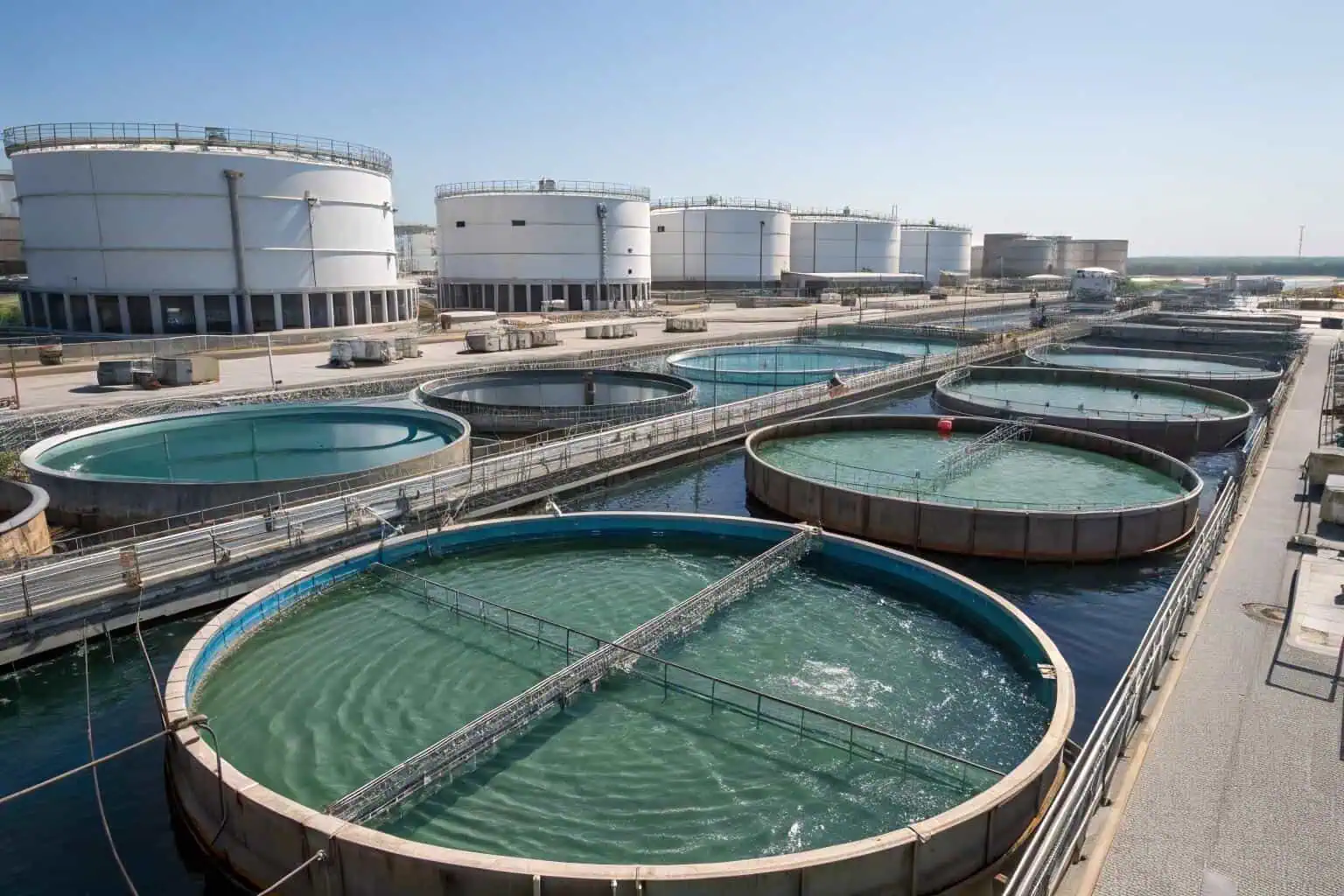
As someone who has worked with aquaculture operators for years, I've seen this industry's explosive growth firsthand. The sheer volume is staggering, but the real story is in the details. Knowing which fish lead the pack is just the first step. To truly understand the opportunities, we have to look at which species work best in different regions, which ones to be wary of, and ultimately, which ones can build a profitable business. It's a complex picture, but one that's crucial for anyone involved in feeding our planet.
What is the most farmed fish?
You hear about different farmed fish, but it's often unclear which one truly dominates the global market. This makes it hard to understand industry trends and investment opportunities.
Carp is the most farmed fish species in the world, largely due to its dominance in Asia where it is a dietary staple. Following carp, tilapia and salmon are massively popular for their fast growth, resilience in various farming systems, and widespread consumer appeal.
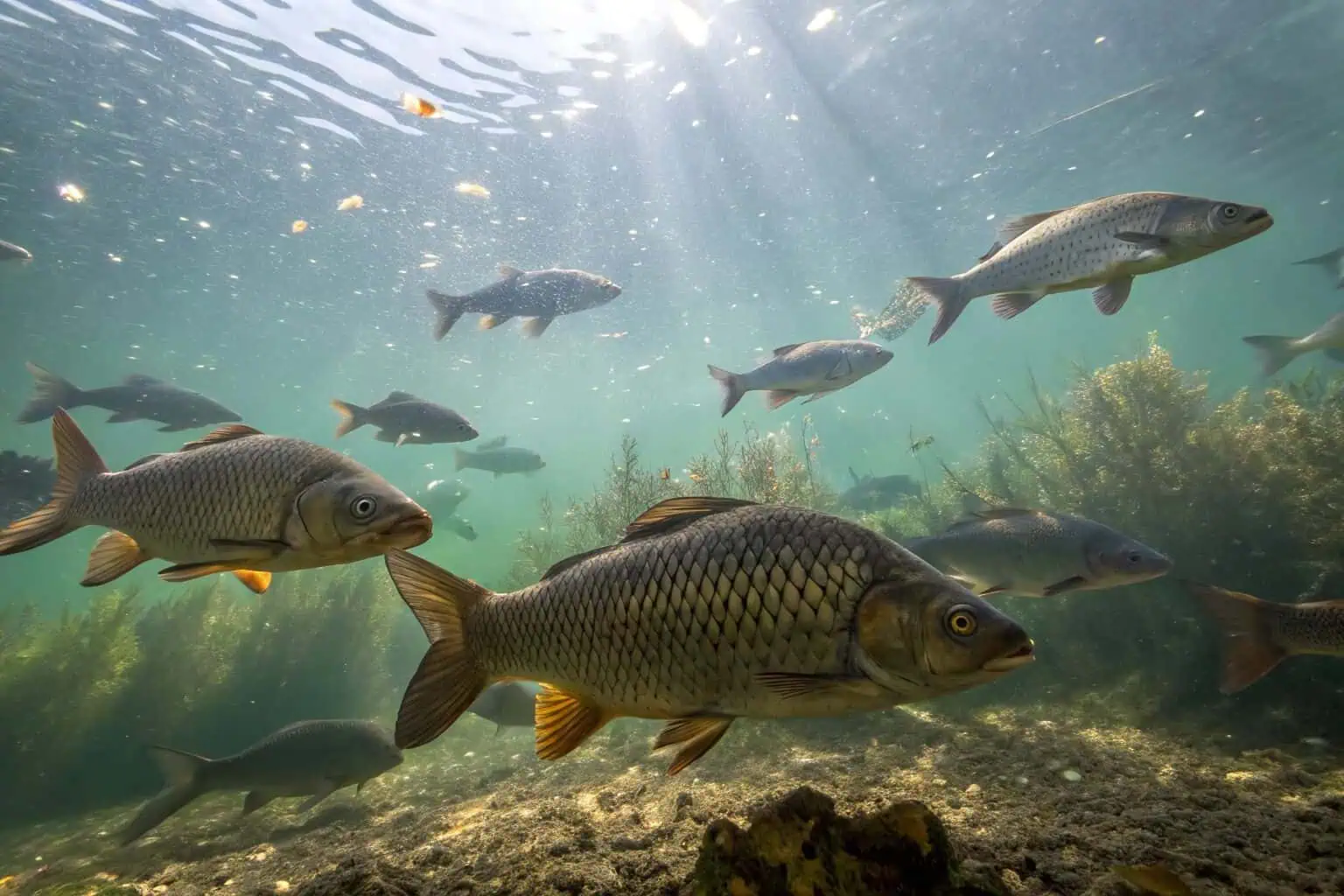
When I look at the global numbers, the scale of carp farming is immense, but the rapid expansion of tilapia and salmon farming1 tells a story about modern aquaculture. These species have become global commodities because they are incredibly efficient to produce. They represent the intensification and technological advancement of an industry that is racing to keep up with demand. Each of these fish has unique characteristics that make them suitable for different environments and markets, which is key to their success.
The Unseen Champion: Carp
In many parts of the world, especially Asia, carp2 is the undisputed king of aquaculture3. It's a hardy fish that thrives in a variety of conditions, from traditional, low-tech ponds to more complex integrated farming systems. Its resilience makes it a reliable choice for farmers, and its long-standing place in regional diets ensures there is always a constant, stable demand. While it may not have the global glamour of other species, carp is the quiet workhorse that forms the backbone of the global aquaculture industry, providing essential protein for millions.
The Global Commodities: Tilapia and Salmon
On the other end of the spectrum are tilapia and salmon, which have become true global commodities. Tilapia, often called the "aquatic chicken," is prized for its incredibly fast growth cycle in warm water environments. Salmon, with its high market value, has spurred massive investment and innovation in both offshore sea-cage farming and cutting-edge, land-based Recirculating Aquaculture Systems (RAS)4. These two species represent the commercial, high-tech face of modern aquaculture, engineered for efficiency and tailored to meet the tastes of a worldwide consumer base.
| Fish | Key Characteristics | Primary Farming Region |
|---|---|---|
| Carp | Highly resilient, integral to traditional diets | Asia |
| Tilapia5 | Fast-growing, adaptable to various systems | Global (warm climates) |
| Salmon | High market value, requires specific conditions | Global (colder climates, RAS) |
What type of fish is commonly farmed in the US?
The global aquaculture scene is one thing, but the U.S. market operates with its own set of leaders. Focusing on the wrong species can be a costly mistake for American farmers.
In the United States, the most commonly farmed fish are catfish, tilapia, and rainbow trout. These species are perfectly suited to the nation's climate, consumer tastes, and the well-established pond-based aquaculture systems that are prevalent in the Southeastern states.
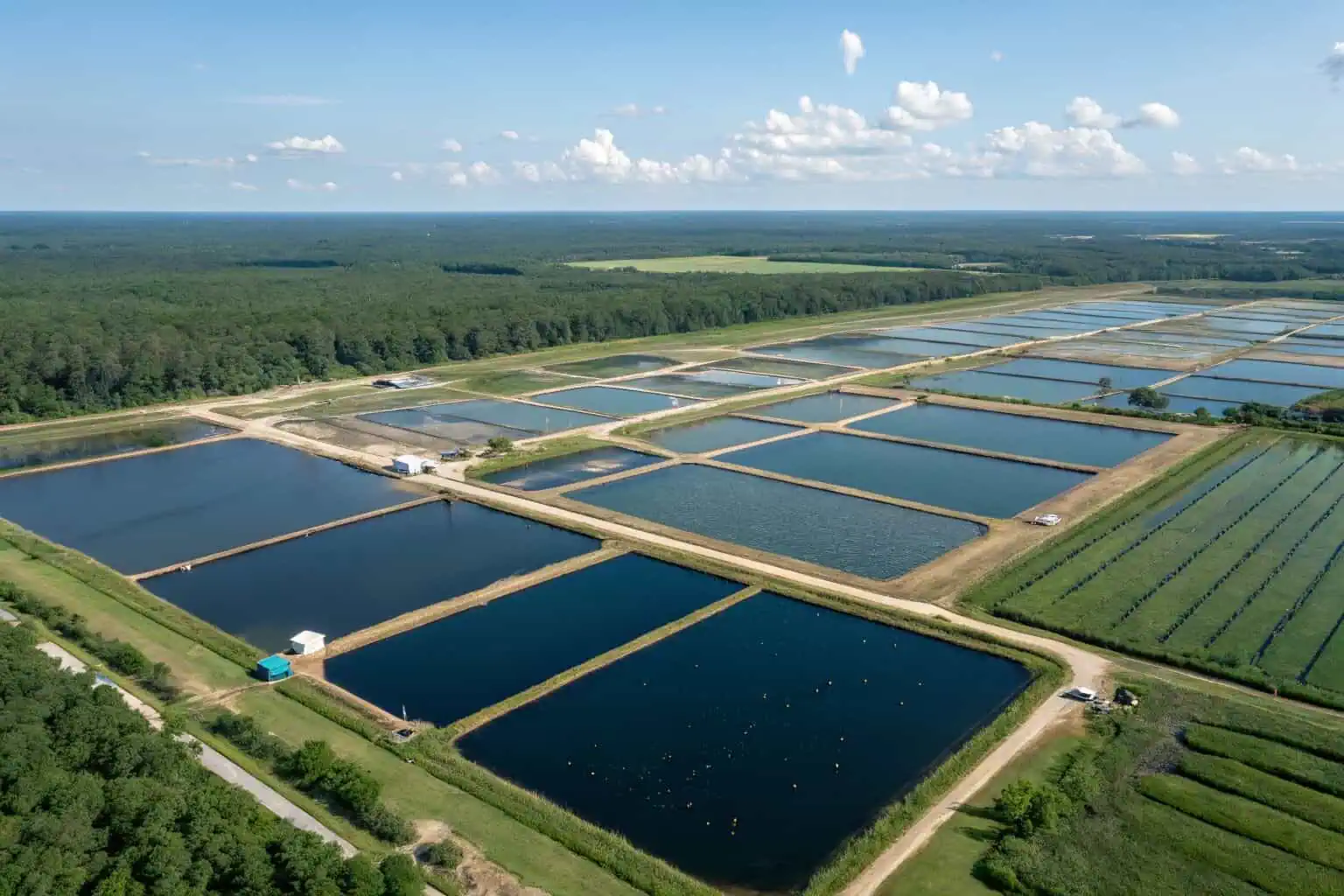
I've seen firsthand how regional factors shape the industry in the U.S. It's not just about what can be grown, but also about what Americans want to eat. Catfish has a deep cultural connection in the South, making it a reliable market. At the same time, the versatility of tilapia and trout allows them to be farmed in different systems across the country, from ponds in the south to indoor tanks in the north. This specialization is a hallmark of the American aquaculture industry6.
America's Catfish Heartland
The Southeast is the undisputed heartland of American aquaculture7, and catfish is its star. The region's warm climate and vast expanses of flat land are ideal for the large, traditional pond systems where catfish thrive. This isn't just an industry; it's a culture that has been perfected over generations. The deep connection to catfish in Southern cuisine provides a stable, local market, making it a reliable foundation for the nation's seafood production. For these farms, durability is key, and our robust liners8 are essential for maintaining the integrity of these extensive pond systems.
Adaptable and In-Demand: Tilapia and Trout
Beyond the catfish belt, tilapia and rainbow trout have carved out significant niches. Tilapia's incredible adaptability makes it a prime candidate for various farming methods, from traditional ponds in the south to advanced, indoor Recirculating Aquaculture Systems (RAS) across the country. This flexibility allows it to be farmed closer to urban centers. Trout, on the other hand, prefer the cooler waters found in states like Idaho, where they are commonly raised in concrete raceways. Their popularity in restaurants ensures consistent demand, making them another pillar of the U.S. industry.
| Fish | Primary Farming Region in US | Key Farming System |
|---|---|---|
| Catfish | Southeastern States | Pond-based systems |
| Tilapia9 | Various (including indoor RAS) | Ponds, Recirculating Systems |
| Rainbow Trout10 | Various (cooler water) | Raceways, Ponds |
What farm raised fish to avoid?
Not all farmed fish are created equal; some can carry health and environmental risks. Choosing the wrong fish can expose you to contaminants or support unsustainable farming practices.
I advise consumers to be cautious with certain imported fish, such as some varieties of Asian sea bass or tilapia, where farming practices may involve the overuse of antibiotics or result in the accumulation of contaminants. To ensure you're making a safe and sustainable choice, always look for certification from the Aquaculture Stewardship Council (ASC).
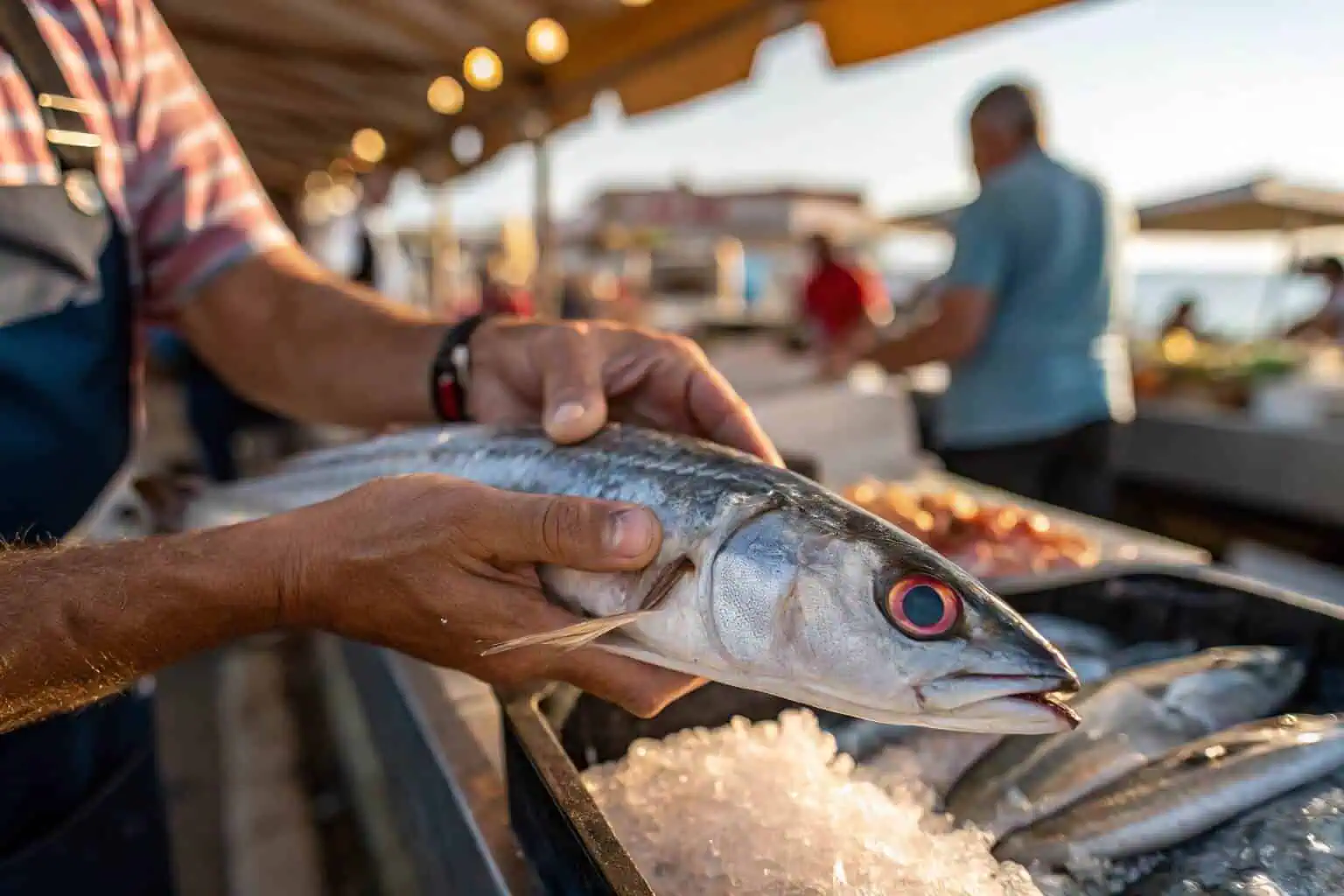
From my perspective as an equipment supplier, I know that clean water and responsible management are everything. When corners are cut, it not only harms the environment but can also impact the quality and safety of the final product. This is why I always steer my clients and friends toward certified sources11. A certification isn't just a label; it's a guarantee that the producer is following best practices for water quality, feed, and animal welfare. It's the most reliable way to protect your health and support responsible farmers.
The Risks of Unregulated Farming
In some parts of the world, aquaculture operates with minimal oversight, which can lead to significant problems. The routine use of antibiotics to prevent disease in overcrowded and unsanitary conditions is a major concern, contributing to antibiotic resistance12. Furthermore, fish raised in polluted waters can accumulate heavy metals and other contaminants, posing a direct health risk to consumers. These are not just abstract risks; they are real threats found in some imported seafood products. As I see it, avoiding fish from these sources isn't just a preference, it's a necessary precaution for your health.
The Power of Certification
This is where third-party certification becomes an essential tool for consumers. Organizations like the Aquaculture Stewardship Council (ASC)13 and Best Aquaculture Practices (BAP)14 establish and enforce strict standards for responsible farming. When you see their logo on a package, it's a clear signal that the fish was raised without the misuse of antibiotics, in clean conditions, and with respect for the environment. From my experience, supporting certified producers is the most effective way to vote with your wallet for a safer, more sustainable aquaculture industry. It provides peace of mind that you are not exposing yourself to unnecessary health risks.
| Risk Factor | What to Avoid | What to Look For |
|---|---|---|
| Contaminants | Fish from unregulated farms with poor water quality. | Products with clear origin and quality testing. |
| Antibiotics | Routine, preventative use of antibiotics. | "Antibiotic-free" labels and ASC certification. |
| Sustainability15 | Environmentally destructive farming methods. | ASC or BAP (Best Aquaculture Practices) certification. |
Which fish farming is most profitable?
Starting a fish farm is a major investment, and you want to be sure you'll see a good return. Choosing a low-profit species can lead to financial struggles despite all your hard work.
Shrimp (specifically vannamei) and Atlantic salmon farming are typically the most profitable ventures in aquaculture, driven by high market prices and strong global demand. However, these sectors require very large initial investments and a high level of technical expertise to manage successfully.
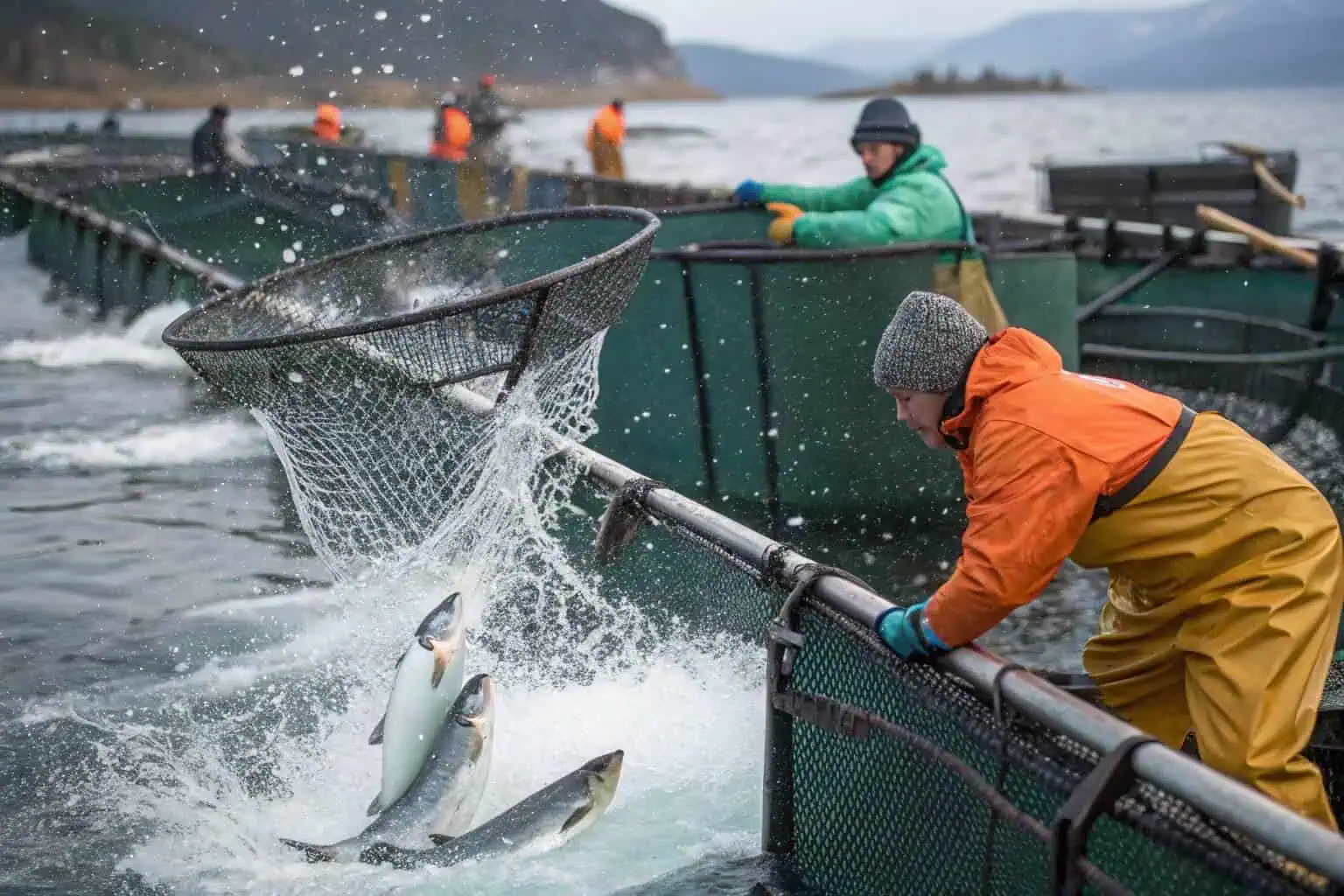
I've worked with both small family farms and large commercial operations, and the path to profitability looks very different for each. While the high prices for shrimp and salmon are tempting, the operational complexity is a huge barrier. For many, the more reliable, if less spectacular, profits from farming carp or catfish16 are a much safer bet. The key is to match the species to your budget and expertise. I also stress that profitability isn't just about market price; it's about efficiency. Reducing loss from leaks with a quality tank or improving water management can have a massive impact on the bottom line.
The High-Stakes Game: Shrimp and Salmon
Shrimp and salmon are the high-rollers of the aquaculture world17. They command premium prices in global markets, making them incredibly lucrative. However, this profitability comes with significant risk and expense. These species are highly sensitive to water quality and disease, meaning a single outbreak can be financially devastating. Furthermore, the initial investment in facilities18—whether it's for offshore salmon cages or intensive shrimp ponds—is substantial. I've seen many entrepreneurs drawn to the high rewards, but success in this segment requires deep technical expertise and a significant capital buffer to weather the inevitable challenges.
The Steady Performers: Catfish and Carp
In contrast to the high-stakes world of salmon and shrimp, catfish and carp farming19 offer a more stable and predictable path to profitability. These species are the opposite of fragile; they are hardy, resilient, and much cheaper to raise. Their market price is lower, but so are the input costs and the risks. This makes them an ideal and accessible entry point for smaller, family-run businesses or those new to the industry. For these farmers, profitability is less about hitting a jackpot and more about operational efficiency. This is where our products, like durable and leak-proof tanks20, play a crucial role by minimizing loss and maximizing the return on every cycle.
| Farming Type | Profit Potential | Investment Level | Key Success Factor |
|---|---|---|---|
| Shrimp/Salmon | High | High | Technical expertise, market access |
| Catfish/Carp | Moderate | Lower | Efficient operations, local market |
| RAS (various species) | High | Very High | Advanced technology, energy management |
Conclusion
From carp to catfish, farmed fish are essential to feeding the world. The key to a successful future for aquaculture lies in choosing the right species and investing in reliable, efficient equipment.
-
This resource will shed light on the advancements in salmon farming and its impact on global markets. ↩
-
Discover the advantages of carp in aquaculture, including its resilience and role in sustainable farming practices. ↩
-
Learn how aquaculture, including species like carp, plays a crucial role in ensuring food security worldwide. ↩
-
Learn about RAS technology, which enhances fish farming efficiency and sustainability, crucial for modern aquaculture practices. ↩
-
Explore the advantages of Tilapia farming, including its rapid growth and adaptability, which make it a key player in global aquaculture. ↩
-
Exploring this resource provides insights into industry practices, innovations, and market dynamics. ↩
-
Explore this link to understand the current trends and innovations shaping the American aquaculture industry. ↩
-
Learn about high-quality robust liners that ensure durability and longevity for extensive pond systems in aquaculture. ↩
-
Explore this resource to learn effective methods for farming Tilapia in Recirculating Aquaculture Systems, ensuring sustainable and efficient production. ↩
-
Discover the optimal techniques for raising Rainbow Trout in raceways and ponds, which can help improve yield and quality in your aquaculture operations. ↩
-
Exploring certified sources ensures you provide safe, high-quality water and supports responsible farming practices. ↩
-
Exploring this link will provide comprehensive insights into how antibiotic use in aquaculture impacts health and resistance issues. ↩
-
Learn about ASC certification to ensure seafood is responsibly farmed and environmentally sustainable. ↩
-
Discover how BAP certification promotes responsible and sustainable aquaculture methods. ↩
-
Exploring reputable sources on aquaculture sustainability helps you make informed choices and support responsible farming practices. ↩
-
Explore this resource to learn effective strategies for farming carp or catfish, which can help maximize your profits and improve operational efficiency ↩
-
Explore this link to understand the global landscape and trends in aquaculture, especially for high-value species like shrimp and salmon. ↩
-
Learn about the capital requirements and infrastructure costs involved in establishing aquaculture operations for these lucrative species. ↩
-
Explore this resource to learn effective techniques for raising resilient and cost-efficient fish species. ↩
-
Discover how high-quality tanks can reduce losses and increase profitability in fish farming. ↩